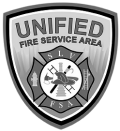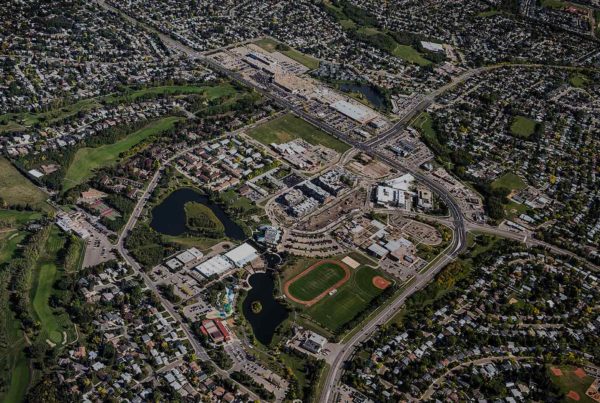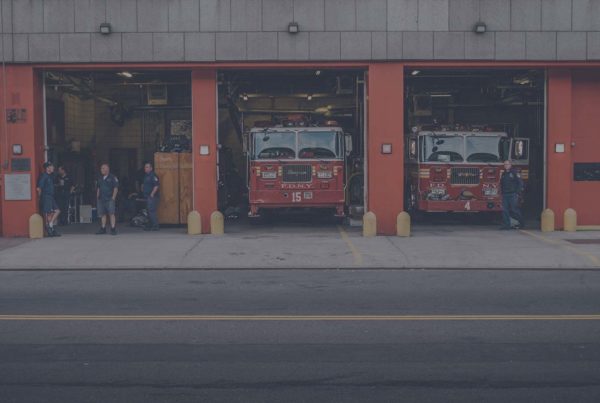Case Study
Unified Fire Service Area
Decision Analytics Improves Service for the Region While Reducing Capital Expenditures

Unified Fire Service Area (UFSA) leveraged the Darkhorse Emergency deployment tools to effectively coordinate station planning among multiple communities in its growing region. By enabling transparent, convincing communications to a large number of stakeholders, the tools facilitated alignment around an optimal station location plan. The process will save millions in unnecessary capital expenditures and position the service to deliver the best possible protection for all communities involved.
The Challenge
Working with several poorly located stations reinforced the need for evidence-based decision-making.
UFA is the largest fire service in the state of Utah serving residents in more than 16 different municipalities and towns. Between 2008 and 2017, those communities collectively built eight new emergency services stations. With several of these stations in less-than-ideal spots, at least from a regional perspective, UFA Fire Chief Dan Petersen knew regional performance was not as good as it could be. And with plans to build five to seven new stations on the horizon, he knew he would need data to ensure the best locations and to convince all the various stakeholders of the case.
The Solution
Shifting to a regional perspective saves money and leads to better service for everyone.
Trusting The Numbers
In July 2020, Chief Petersen and the UFSA team began working with Darkhorse Emergency to accelerate their plans for data-based regional station location planning. By using the deployment tools in the decision analytics platform, Chief Petersen was able to test and understand the impact on performance of different station scenarios. He found that by making changes to some of the individual community’s existing planned sites, he could save municipalities millions in capital expenditures while at the same time improving response times across the district. In effect, he’d found a free lunch.
Gaining the buy-in
With the numbers clearly pointing to the optimal locations, Chief Petersen and his staff were confident in their recommendations for the 6 new stations. Now, they just had to convince 16 mayors of the same. Many of these would have their current plans altered, so Assistant Chief Dominic Burchett hit the road, laptop in hand, to personally meet with stakeholders from each community. Using the platform, he was able to successfully illustrate the merits of the regional plan and even show the decision-makers the tradeoffs they would be making in cost and performance by choosing different locations.
”When presenting to municipalities it wasn’t me saying ‘I think we should build a station here.’ It was me saying: ‘Mathematically, this is the optimal location for the next 50 years’. There’s really no room to argue that and it makes their decision super-easy. And it makes my presentation really fun.
Dominic BurchettAssistant Chief
Building a continuous improvement culture.
With the long-term plan mapped out to everyone’s satisfaction, the fire district is now turning its attention to shorter-term improvements. Employees throughout the service are learning to use the Darkhorse Emergency decision analytics platform to explore how moving equipment or firefighters from one location to another will improve standards of cover for the entire region. These are the first steps in what may eventually become a larger effort to achieve CPSE accreditation. But for now, Chief Petersen is focused on training everyone in his service to use analytics to make the right choices and ensure regional wins.
”I want a full-time fire department that cares about doing the right thing. We are working to get to a space where our community is really happy, our policies are strong, and our standards of cover are making a difference. First, we are just going to make the practice good. Then we’ll see if we can be accredited from that.
Dan PetersenFire Chief
The Result
Better service at lower costs.
With the Darkhorse Emergency decision analytics platform, UFA is positioned to serve its large and growing region to the best of its abilities both today and well into the future. The tools helped the district:
- Identify the optimal location for several future stations and expedite the building process
- Quickly gain buy-in for a coordinated regional plan from 16 different communities
- Save millions in unnecessary capital expenditures
- Establish an evidence-based culture embraced by employees at all levels of the service
- Create the framework for continuously improving the service’s standard of cover
- Set the stage for potential future accreditation
UFA is the largest fire service in the state of Utah serving residents in more than 16 different municipalities and towns. Between 2008 and 2017, those communities collectively built eight new emergency services stations. With several of these stations in less-than-ideal spots, at least from a regional perspective, UFA Fire Chief Dan Petersen knew regional performance was not as good as it could be. And with plans to build five to seven new stations on the horizon, he knew he would need data to ensure the best locations and to convince all the various stakeholders of the case.
”We’ve made some really critical decisions heavily based on the data that Darkhorse is showing. We’ve confirmed station location in a way that is allowing our building team to move forward with confidence. And we’ve saved millions of dollars that would have been spent without resulting in significant gains.
Dan PetersenFire Chief
”One thing that’s been really valuable to us is the partnership - we’re treated like partners. There’s a quick response to help us get to the answer we need right away. And to me, that’s really valuable. The personal touch in how you approach things is worth the money in itself right there.
Dominic BurchettAssistant Chief



